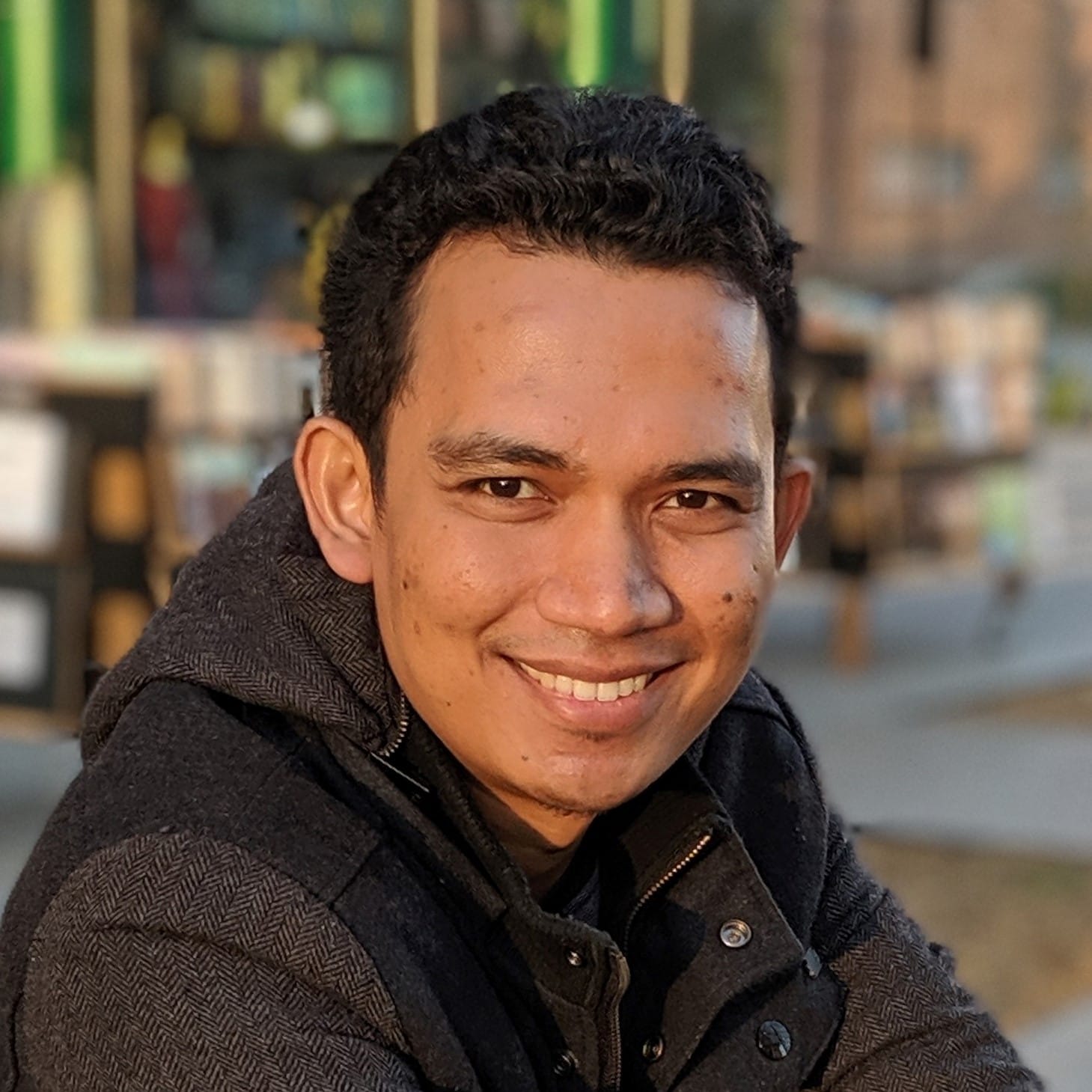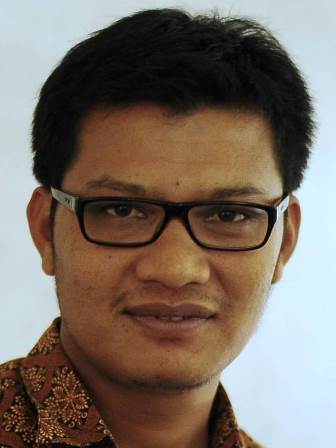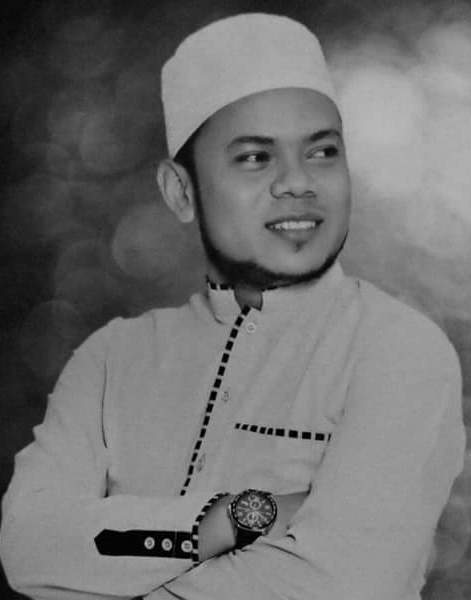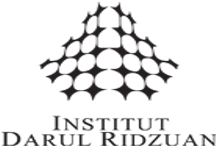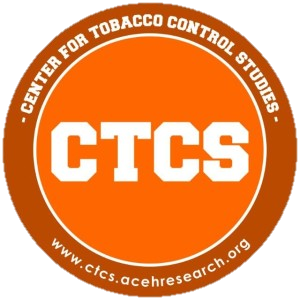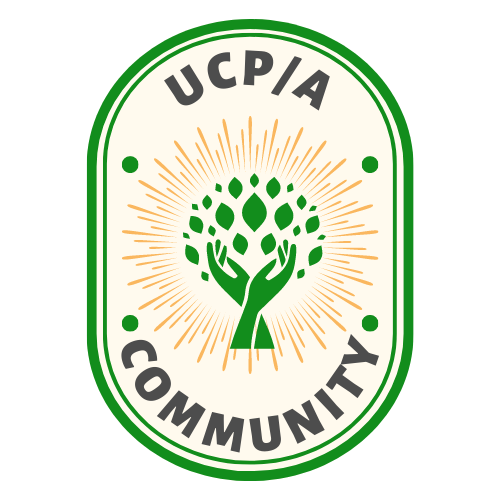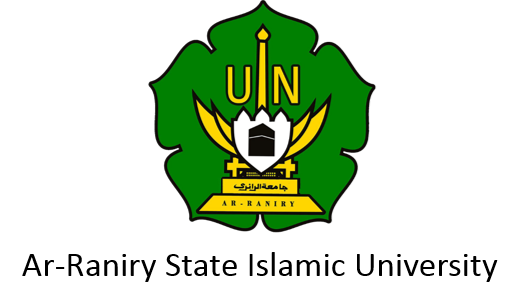Aftermath of Aid (AOA)
The Aftermath of Aid (AoA) Project is a collaboration between EOS and the International Centre for Aceh and Indian Ocean Studies (ICAIOS). Started in 2012, the AoA Project is an intensive field-based study of the sustainability of reconstruction aid provided to communities in Aceh, Indonesia affected by the 2004 Indian Ocean tsunami. The international aid efforts following the tsunami were unprecedented in their scope, and life changing for hundreds of thousands of people. This included an expansive program for building Aceh ‘back better’ – which involved donor-supported programs to increase resilience, reduce vulnerabilities, and transform underlying social, economic and political structures. From an academic perspective we explore the relationship between recovery and reconstruction, map out community-level changes, and critically engage with concepts such as ‘sustainability’, ‘resilience’ and ‘capacity.’ From a practitioner perspective we analyze the variables that influenced the longer-term success of aid interventions.
We conducted four years of primary data collection between 2012 and 2016 in over 100 villages in Aceh. Our survey methods were designed to provide a robust quantitative, qualitative and technical dataset that is broadly representative of tsunami-affected Aceh.
Our work concentrates on seven main sectors:
Housing & Built Environment: Dr. Laina Himasari, Syiah Kuala University; Dr. Patrick Daly, EOS; Desi Safriana
Village Livelihoods: Dr. Patrick Daly, EOS; Professor Eka Srimulyani, UIN Ar Raniry; Dr. Syaifullah Muhammad, Syiah Kuala University; Agus Halim, Syiah Kuala University
Governance & Civil Society: Dr. Craig Thorburn, University of Melbourne; Dr. Jesse Grayman, University of Auckland; Dr. Bryan Rochelle
Demography & Family: Dr. Saiful Mahdi, Syiah Kuala University; Raudhatul Jannah, ICAIOS
Earthquake and Tsunami Risk: Jamie McCaughey, EOS; Ibnu Mundzir, ICAIOS; Rizanna Rosemary, Syiah Kuala University; Lely Safrina, Syiah Kuala University
Gender: Professor Eka Srimulyani UIN Ar Raniry; Dr. Marjaana Jauhola, University of Helsinki; Maida Irawani, ICAIOS
Relocation & Resettlement: Ibnu Mundzir, ICAIOS, Dr. Patrick Daly, EOS; Jamie Mccaughey, EOS
The mapping and spatial analysis for the project is conducted by the Syiah Kuala University GIS Laboratory under the supervision of Dr. Nizamuddin, Dr. Muzailin Affan, and Ardiansyah.
Project Years:
2012, 2013, 2014, 2015, 2016, 2017
EOS website : https://www.earthobservatory.sg/project/aftermath-aid
The Indian Dimension of Aceh and Sumatra History
- Details
-
Published: Saturday, 09 January 2021 09:51
Author :
Anthony Reid
Abstract :
Indonesia’s maritime boundary with India, lying barely 100km from Banda Aceh, appears quiet and of little interest to policy-makers, in contrast to almost all the other contested boundaries with Malaysia, China, the Philippines, and Australia. India’s historical relations with Sumatra have also drawn less scholarly or popular attention than those with the Arab, Persian, and Turkish worlds, or with Java, the Peninsula, and China. It is one of the imbalances and justifying the “Indian Ocean’ in the title of International Centre for Aceh and Indian Ocean Studies. It is also supported by arguing that northern Sumatra’s most important historical relationship outside Sumatra itself was for long with India. The time must come when this neighbourly maritime relationship is normalised in the context of improving Indonesia-India ties.
Keywords: Indian Dimension; Historical Relationship; Indonesia-India Ties; Indian Ocean

Konsekuensi sosial ekonomi dari rekonstruksi pasca bencana di daerah terpapar bencana
- Details
-
Published: Monday, 29 June 2020 12:03
Author :
Jamie W McCaughey, Patrick Daly, Ibnu Mundir, Saiful Mahdi, Anthony Patt
Abstract :
Dengan bertambahnya populasi di daerah pesisir dan naiknya permukaan laut, keputusan rekonstruksi pasca bencana di daerah pesisir semakin menjadi faktor penentu kerentanan sosial dan juga keberlanjutan pembangunan di masa mendatang. Sektor kemanusiaan lebih cenderung mendukung pembangunan kembali di tempat semula demi menghindari dampak gangguan sosial dari relokasi massal, akan tetapi pada kenyataannya keinginan orang-orang yang terpapar bencana beragam. Dengan menggunakan kasus pascatsunami di Banda Aceh, Indonesia, kami menyelidiki apakah kebijakan untuk membangun kembali di daerah terpapar bencana cocok untuk populasi urban yang sebelumnya tidak memiliki pengetahuan tentang bencana tersebut. Kami menemukan bahwa setelah tsunami, sebagian besar dari populasi lebih memilih untuk tinggal jauh dari pesisir. Hal ini menyebabkan munculnya harga premium untuk properti di daerah daratan yang jauh dari pesisir dan pemilahan sosial ekonomi di daerah pesisir yang dihuni oleh keluarga atau rumah tangga miskin. Temuan ini menunjukkan bahwa menawarkan bantuan rekonstruksi yang didominasi pada daerah terpapar bencana dapat secara tidak sengaja memindahkan risiko bencana kepada orang-orang miskin.

Trust and distrust of tsunami vertical evacuation buildings: Extending protection motivation theory to examine choices under social influence
- Details
-
Published: Monday, 29 June 2020 11:52
Author :
Jamie W. McCaughey, Ibnu Mundir, Patrick Daly, Saiful Mahdi, Anthony Patt
Abstract :
Tsunami vertical evacuation (TVE) buildings have the potential to save many lives. Yet whether TVE buildings actually save lives depends critically on whether people trust and evacuate to them, a question that has not previously been researched. We examine the case of the city of Banda Aceh, Indonesia, where a M8.6 earthquake on 11-April-2012 caused a spontaneous mass evacuation but no tsunami. Our survey of residents living near TVE buildings (n = 202) shows that they clearly prefer horizontal evacuation: in the 2012 earthquake, only 26% evacuated to a TVE building, while 74% evacuated horizontally; if a similar earthquake happened in the future, only 32% intend to evacuate to a TVE building, while 68% intend to evacuate horizontally. To investigate the reasons for this, we extend protection motivation theory to examine people's choices among protective actions under social influence. Those who prefer to evacuate horizontally do not trust the safety of the TVE building and think they can reach a safe inland destination in time, while those who prefer to evacuate to a TVE building think they cannot reach a safe inland destination in time. Encouragement from friends and family influences people's evacuation destinations but official information and training do not. These findings suggest that more attention to the social context is crucial for the effectiveness of TVE buildings. Our extension of protection motivation theory to include choices among protective actions under social influence can be broadly useful in research on self-protective behavior in natural hazards, public health, and other contexts.

Rehabilitating coastal agriculture and aquaculture after inundation events: Spatial analysis of livelihood recovery in post-tsunami Aceh, Indonesia
- Details
-
Published: Monday, 29 June 2020 11:58
Author :
Patrick Daly, Agus Halim, Nizamuddin, Ardiansyah, Divya Hundlani, Ezra Ho, Saiful Mahdi
Abstract :
This paper presents GIS time-series land-use analysis of satellite images to quantify the recovery of rice cultivation and aquaculture following the 2004 Indian Ocean tsunami in coastal communities in Aceh, Indonesia. We supplement this with qualitative data to illustrate the post-disaster challenges faced by residents, and the extent to which coastal communities have adapted to post-tsunami realities. Our analysis shows that the rehabilitation of rice cultivation and aquaculture in areas inundated by the tsunami has been limited by extensive degradation of land, diversion of labor by tsunami mortality and transition to alternative livelihoods, and re-purposing of rice fields for residential use during the reconstruction phase. This is especially prominent in areas where subsistence activities are not the primary source of livelihood. The Aceh case study shows that social, economic, and environmental factors can be stronger determinants of how coastal livelihoods rebound and change following destructive inundation events than livelihood rehabilitation aid. Additionally, our case study suggests the human impact of coastal hazards can be felt outside the physical extent of inundation.

Rehabilitasi Pertanian dan Budidaya Perairan Pesisir Setelah Peristiwa Genangan: Analisa Spasial Terhadap Pemulihan Penghidupan Pasca Tsunami di Aceh, Indonesia
- Details
-
Published: Thursday, 11 October 2018 15:37
Author :
Patrick Daly , Agus Halim, Nizamuddin, Ardiansyah, Divya Hundlani, Ezra Ho, Saiful Mahdi
Abstract :
Paper ini membahas analisa sistem informasi geografis (geographic information system, GIS) terhadap penggunaan lahan berdasarkan citra satelit dalam rangkaian waktu yang berbeda untuk menghitung pemulihan pertanian padi dan budidaya perairan pada masyarakat pesisir di Aceh, Indonesia setelah tsunami Samudera Hindia 2004. Kami melengkapi analisa tersebut dengan data kualitatif untuk memberikan ilustrasi mengenai berbagai tantangan pasca bencana yang dihadapi oleh masyarakat dan sejauh mana masyarakat pesisir telah menyesuaikan diri dengan keadaan pasca tsunami. Analisa kami menunjukkan bahwa rehabilitasi pertanian padi dan budidaya perairan di daerah yang dilanda tsunami telah dibatasi oleh luasnya degradasi tanah, pergantian pekerja akibat kematian tsunami dan peralihan pekerjaan, dan perubahan fungsi lahan pertanian menjadi daerah pemukiman pada masa rekonstruksi. Hal ini terutama menonjol di daerah dimana kegiatan pertanian untuk menyambung hidup (subsistence) bukanlah sumber utama penghidupan. Studi kasus di Aceh ini menunjukkan bahwa faktor-faktor sosial, ekonomi, dan lingkungan dapat menjadi penentu yang lebih kuat terhadap kebangkitan dan perubahan penghidupan di daerah pesisir pasca genangan yang merusak dibandingkan bantuan rehabilitasi. Selain itu, studi kasus kami menunjukkan bahwa dampak kerusakan pesisir pada manusia dapat dirasakan sampai di luar wilayah jangkauan genangan secara fisik.




